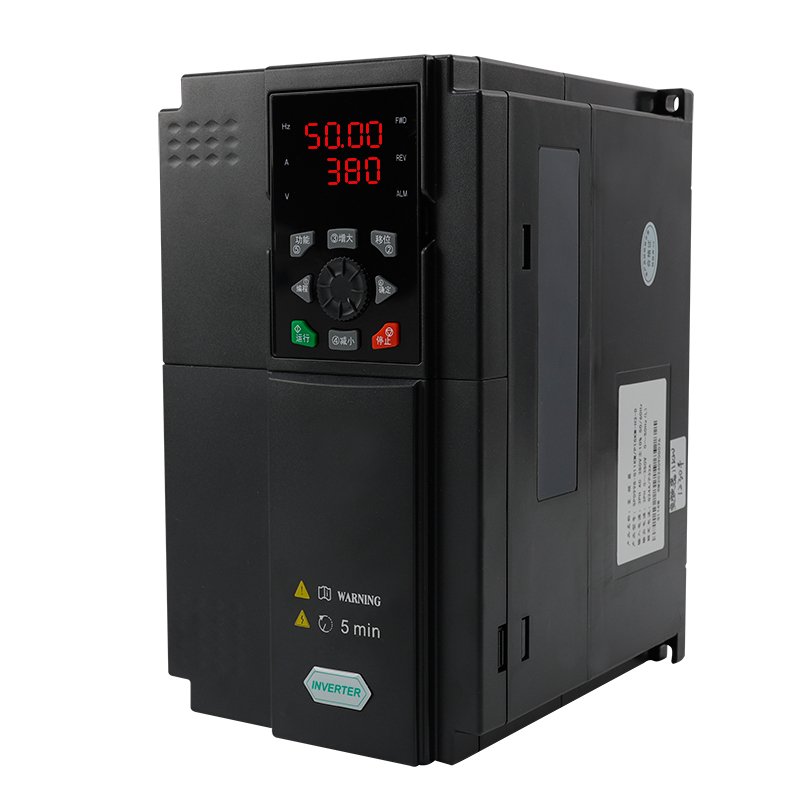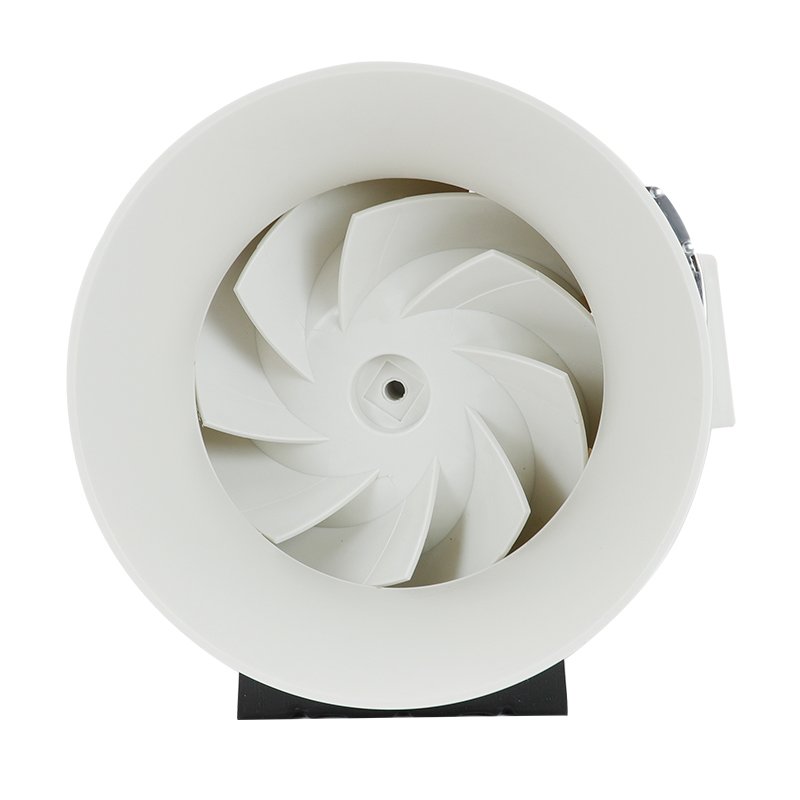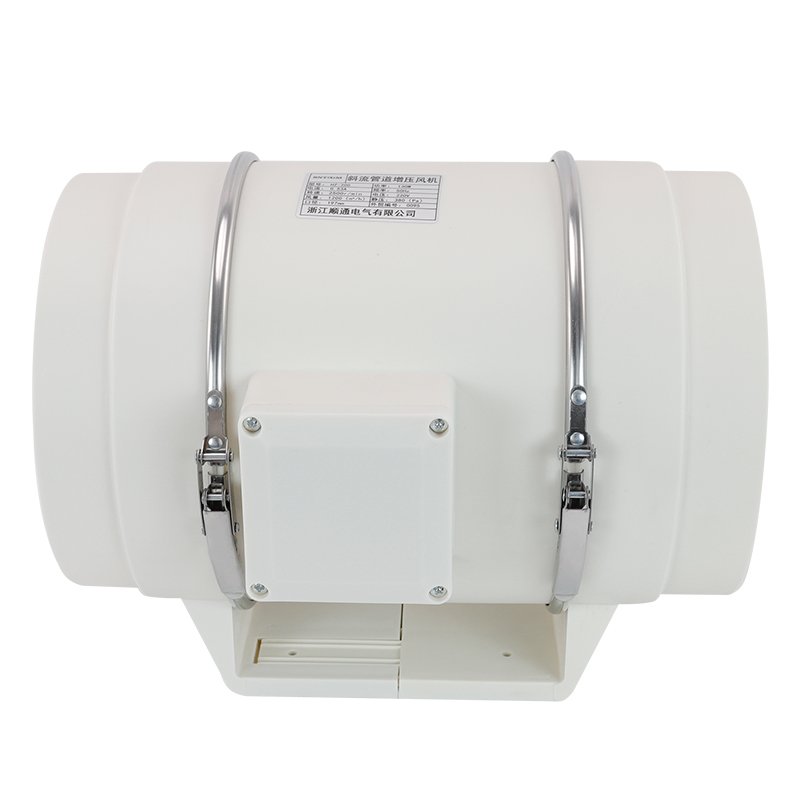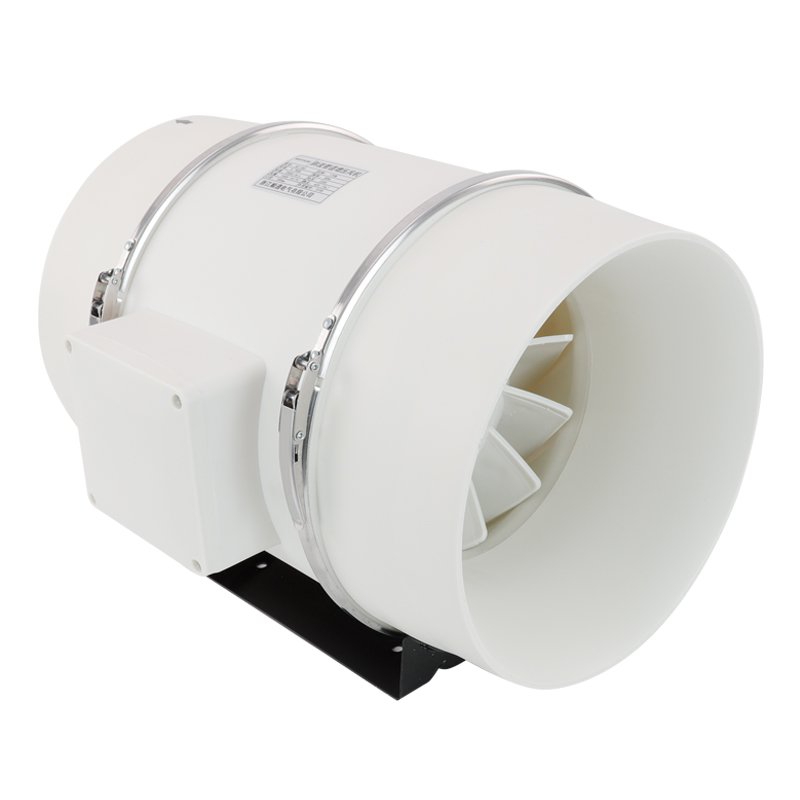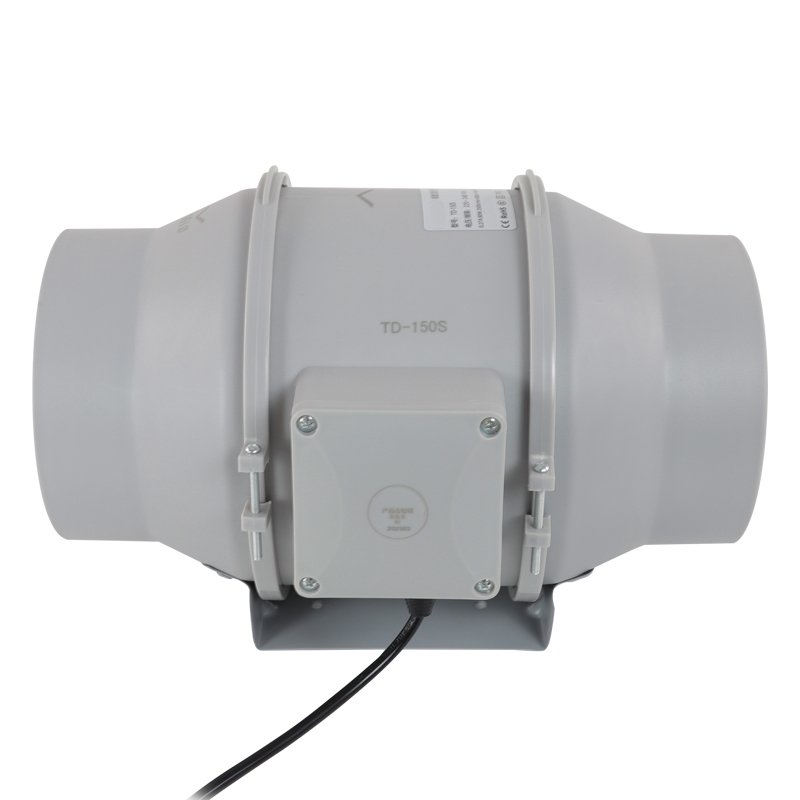Cross flow fans and axial fans are two common types of air-moving devices used in a wide range of applications. While both serve the purpose of generating airflow, they differ in their design, performance characteristics, and suitable use cases.
This article delves into the key differences between cross flow fans and axial fans, focusing on aspects such as noise levels, airflow direction and distribution, design shape, pressure capability, and common applications.

What Is Cross Flow Fan
A cross flow fan, also known as a tangential blower, is a type of fan that moves air in a direction perpendicular to the intake. It features an elongated, cylindrical impeller with forward-curved blades that span the length of the fan housing. As the impeller rotates, air enters the fan parallel to the shaft, flows through the blades, and exits perpendicular to the intake. This unique airflow path allows cross flow fans to provide a wide, uniform airflow across the entire width of the outlet.
Cross flow fans are capable of producing high air volume and pressure, making them suitable for applications requiring powerful, targeted airflow. They are commonly used in air curtains, air conditioning systems, and cooling equipment for electronic devices. The compact, rectangular shape of cross flow fans allows for easy installation in narrow spaces, such as in appliances or machinery.
What Is Axial Fan
An axial fan, also known as an axial flow fan, is a type of fan that moves air in a direction parallel to the fan’s axis of rotation. It consists of a circular housing containing a central hub with multiple blades attached radially. As the blades rotate, they force air to move parallel to the shaft, creating a linear airflow path. Axial fans are designed to produce high airflow rates and work well in low-pressure, high-volume applications.
Axial fans are widely used in applications requiring the movement of large volumes of air, such as ventilation systems, exhaust fans, and cooling towers. They are also found in many household appliances, including floor fans, ceiling fans, and air purifiers. The relatively simple design of axial fans makes them cost-effective and easy to maintain. However, they may generate more noise than other fan types and have limited pressure capabilities.
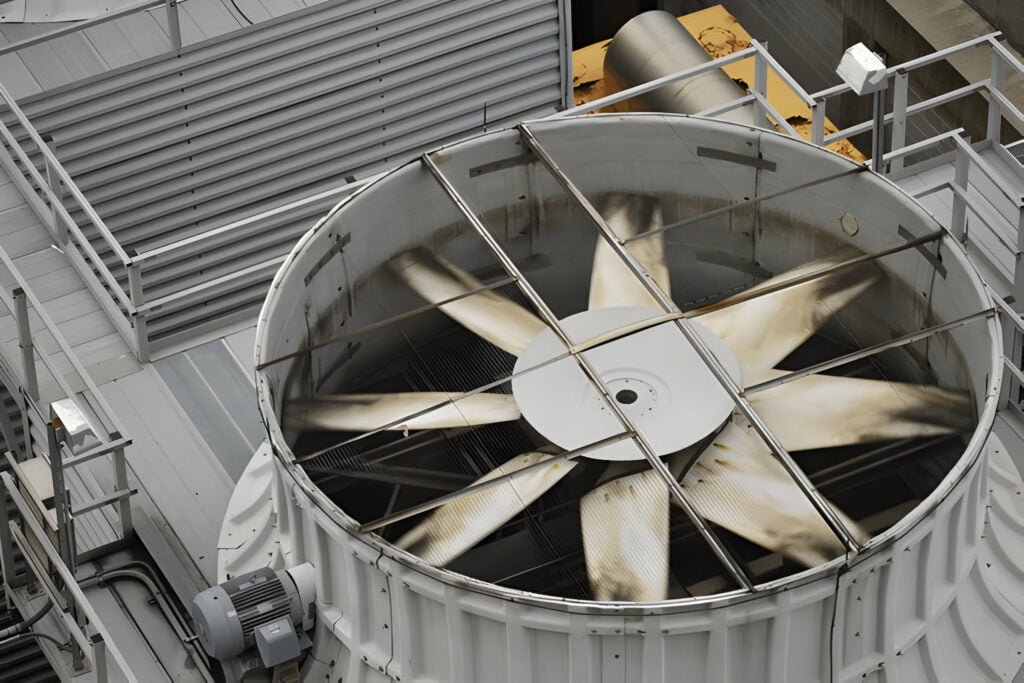
Key Difference Between Cross Flow Fans and Axial Fans
While both cross flow fans and axial fans are types of fans used for air movement, they have several key differences in their design, performance characteristics, and typical applications.
Noise Levels
Cross flow fans generally produce less audible noise compared to axial fans.
Axial fans, particularly those with high rotational speeds, can generate more noise due to the nature of their airflow and blade design.
Airflow Direction and Distribution
Cross flow fans, also known as tangential blowers, move air in a direction perpendicular to the fan’s intake. The air enters the fan horizontally and is discharged vertically, creating a wide, uniform airflow pattern.
Axial fans move air parallel to the fan’s axis of rotation. The air enters and exits the fan in the same direction, resulting in a more focused and direct airflow.
Design Shape
Cross flow fans have a cylindrical impeller with blades that span the entire length of the fan housing. This elongated, rectangular shape allows cross flow fans to fit into narrow spaces and provide a wide, uniform airflow.
Axial fans feature a circular or square frame with blades mounted on a central hub. The blades are typically arranged in a propeller-like configuration, with the motor positioned either in the center or at the rear of the fan.
Pressure Capability
Cross flow fans are generally designed for low-pressure, high-volume airflow applications. They excel at moving large volumes of air with minimal resistance, making them suitable for air circulation and heat dissipation in devices like air conditioners or electronic equipment.
Axial fans, depending on their design and blade configuration, can generate higher static pressure compared to cross flow fans. This makes them better suited for applications that involve moving air through ductwork or overcoming resistance, such as in ventilation systems or industrial processes.
Common Applications
The unique characteristics of cross flow fans and axial fans make them suitable for different applications. Cross flow fans are commonly used in a variety of settings, including:
- Household appliances: air conditioners, heaters, air purifiers
- Electronic equipment cooling: computers, power supplies, audiovisual devices
- Air curtains: entrances of buildings, refrigerated display cases
- Vending machines and self-service kiosks
Axial fans find applications in a wide range of industrial and commercial settings, such as:
- Ventilation systems: buildings, factories, greenhouses
- Exhaust fans: bathrooms, kitchens, industrial processes
- Cooling equipment: radiators, condensers, heat exchangers
- Air circulation: warehouses, agricultural facilities





